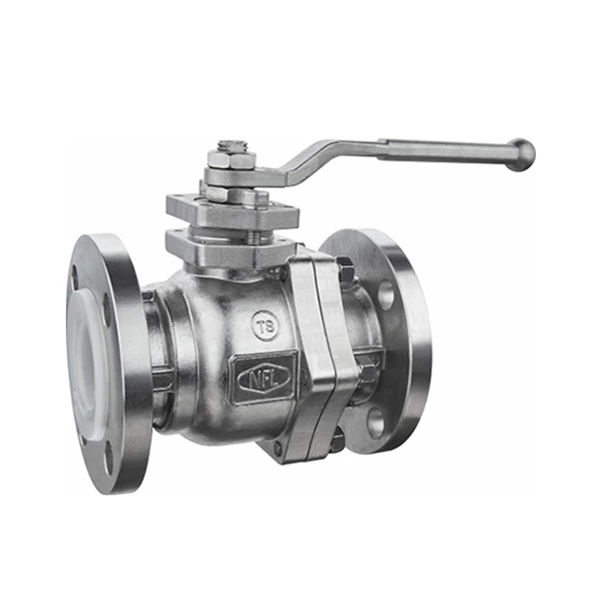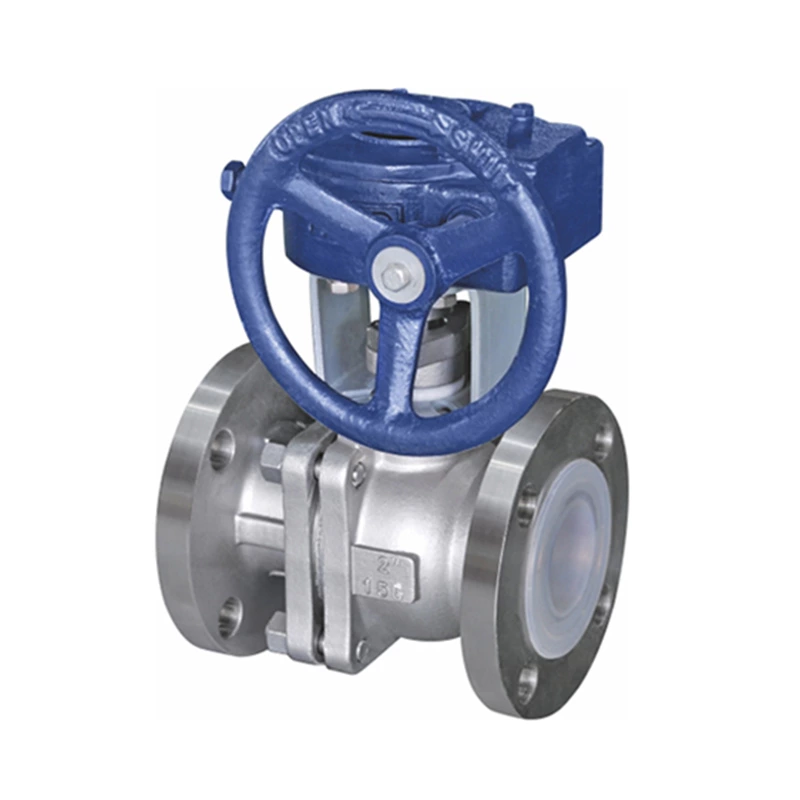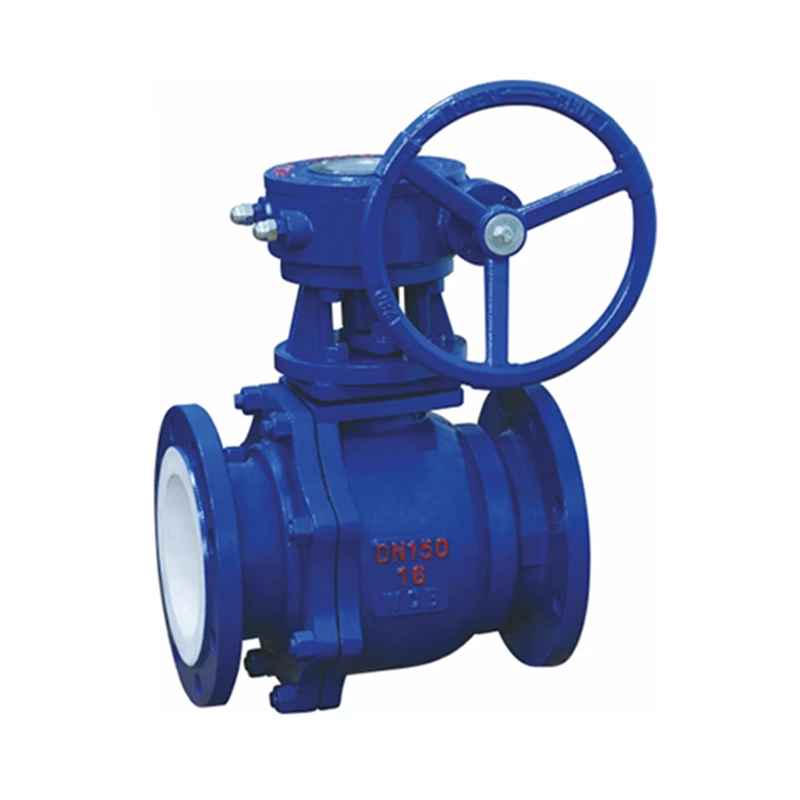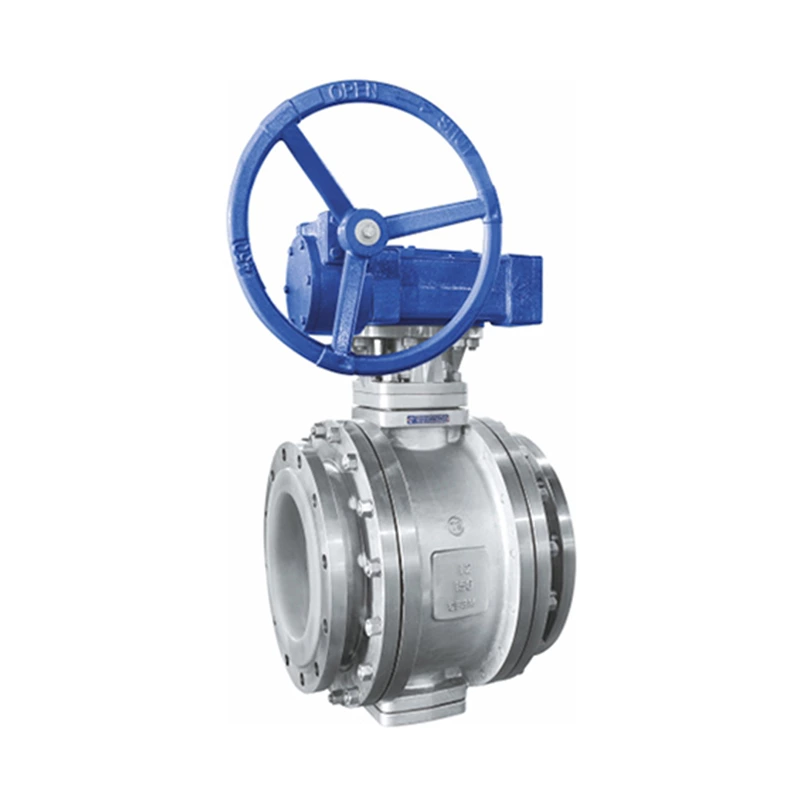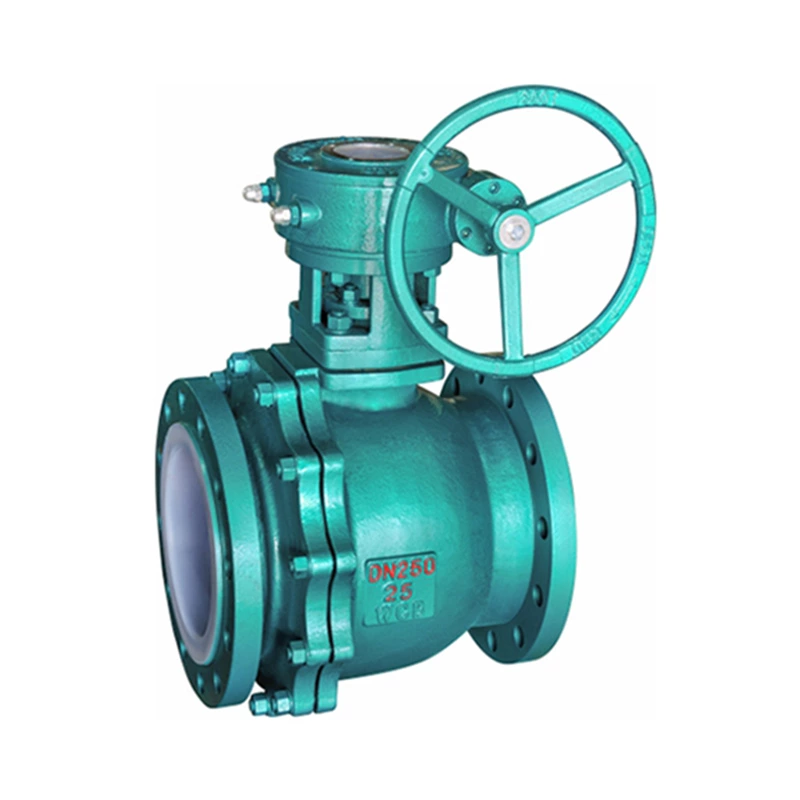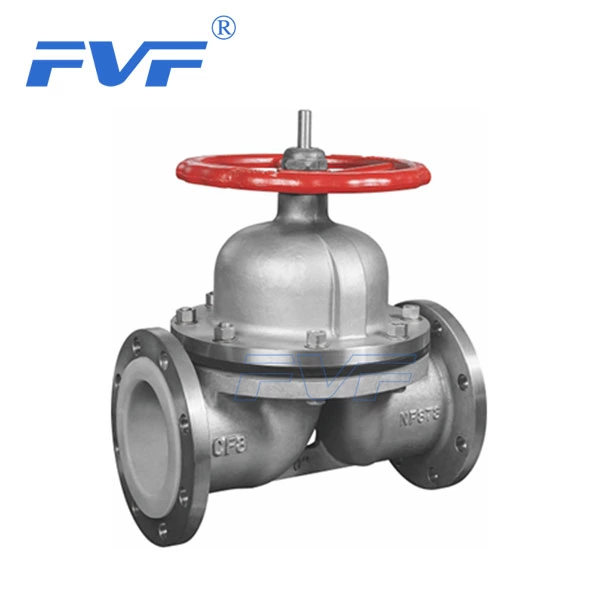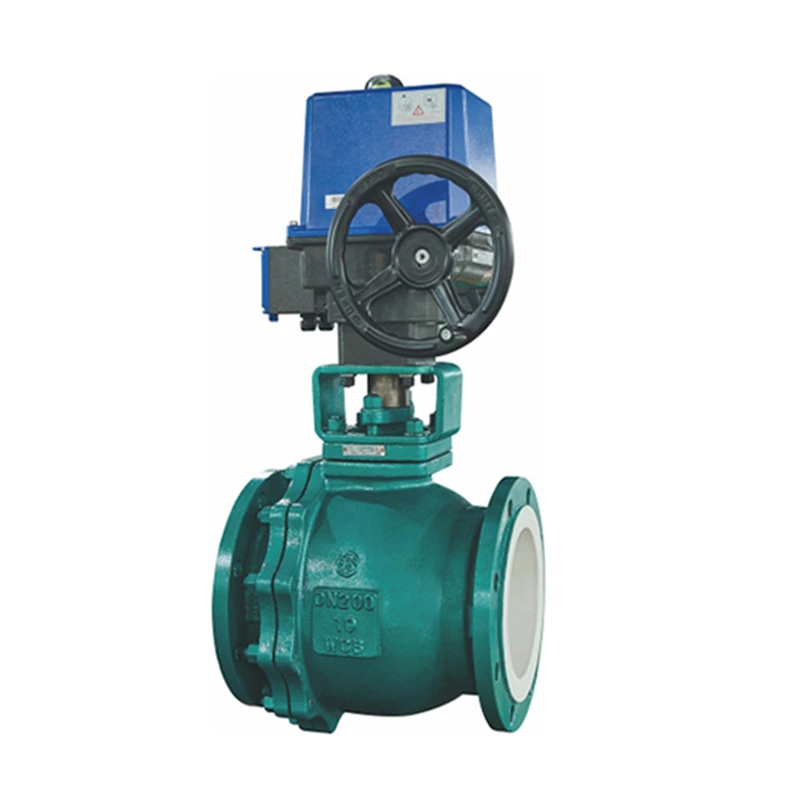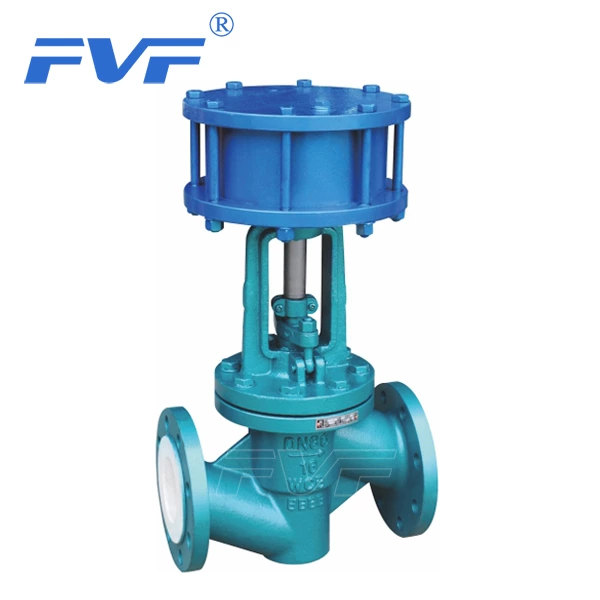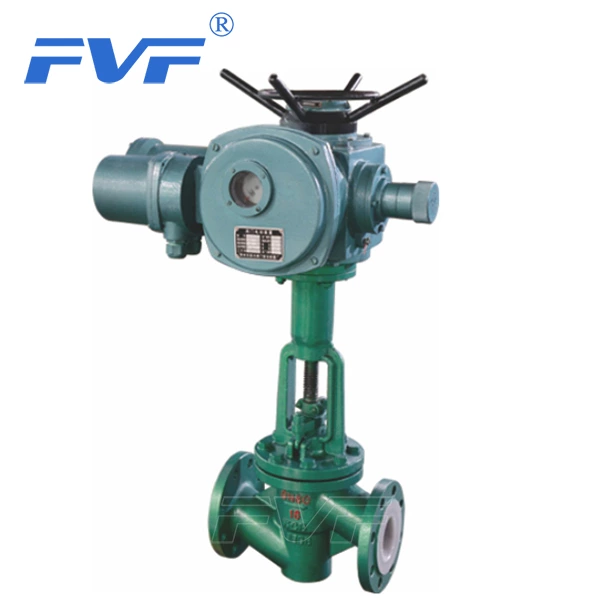Valve Actuator Introduction
1. Origin of the actuator
The actuator, also known as the actuator, is a commonly used mechatronic device (device) in the field of automatic control. It is an actuator in the three major components of automation instruments (detection equipment, adjustment equipment and execution equipment). It mainly operates some equipment and devices automatically, controls their switches and adjustments, and replaces manual operations. According to the power type, it can be divided into several categories such as pneumatic, hydraulic, electric, and electro-hydraulic; according to the form of movement, it can be divided into several categories such as linear travel, angular travel, and rotary (multi-turn). Since electricity as a power has incomparable advantages over other types of media, the electric type has developed the fastest in recent years and has a wide range of applications. According to different standards, the electric type can be divided into: combined structure and mechatronic structure; electrical control type, electronic control type and intelligent control type (with HART, FF protocol); digital type and analog type; manual contact debugging type and infrared remote control debugging type, etc. It has developed rapidly along with people's requirements for control performance and the development of automatic control technology:
1. In the early industrial field, many controls were manual and semi-automatic. During operation, the human body directly contacted the dangerous parts of industrial equipment and dangerous media (multiple chemical substances and radioactive substances in solid, liquid and gas states), which could easily cause harm to people and was very unsafe;
2. The equipment had a short life, was easily damaged, and required a lot of maintenance;
3. The control efficiency of semi-automatic, especially manual control, was very low, with large errors and low production efficiency.
For the above reasons, actuators gradually emerged and were applied to industry and other control fields, reducing and avoiding personal injury and equipment damage, greatly improving control accuracy and efficiency, and also greatly improving production efficiency. In recent years, with the rapid development of electronic component technology, computer technology and control theory, actuators at home and abroad have entered the era of intelligent control.
2. The English name of the actuator: ACTUATORS
3. Application fields of actuators
Actuators are mainly used in the following three fields:
1. Power plant
Typical applications include:
①Applications in thermal power industry
Blower damper damper, primary air inlet damper, air preheating damper damper, flue gas recirculation, bypass damper damper, secondary air inlet damper damper, main wind box damper damper, burner adjustment lever, burner swing drive, hydraulic push rod drive, turbine speed regulation, flue gas regulating valve, steam regulating valve, ball valve and butterfly valve control, sliding door, gate
②Applications of valve actuators in other power industries
Ball valve, dust removal control water spray, turbine speed control, control of large hydraulic valves, gas control valve, burner ignition start, steam control valve, condensate recirculation, deaerator, boiler feed water, superheat controller, reheating thermostat, and other related valve applications
2. Process control
Used for production process control in chemical, petrochemical, mold, food, medicine, packaging and other industries. According to the established logical instructions or computer programs, valves, tools, pipes, baffles, slides, platforms, etc. are accurately positioned, started, stopped, opened, closed, and rotated. The system is adjusted using the real-time parameters such as temperature, pressure, flow, size, radiation, brightness, color, roughness, density, etc. detected by the system, so as to achieve intermittent, continuous and cyclic processing process control.
3. Industrial automation
Used in a wide range of aviation, aerospace, military industry, machinery, metallurgy, mining, transportation, building materials and other aspects, various forms of adjustment and control of the moving points (moving parts) of various automation equipment and systems.
Examples of major applications in process control and industrial automation are as follows:
① Application in sulfur mine production
Water injection flow control Ball valve and butterfly valve control
②Application of potassium carbonate pipeline valve actuators
Sliding gate Diverter Gate Ball valve and butterfly valve Ball control valve
③Application of water treatment valve actuators
Liquid flow control Pressure regulating valve pressure control Acid solution flow control
④Application of valve actuators in limestone/cement plants
Ball or butterfly valve control Handling dry cement, gypsum, or liquid Air supply and exhaust fans Regulating damper Bypass damper Environmental pollution control and dust removal device Sliding gate Logistics control of raw materials in hoppers and storages Gate Control the flow of raw materials at the feed port Gas control valve Adjust the air intake of the burner on the converter Steam control valve Control the steam required for the production process
⑤Application of actuators in grain processing plants
Gate Diverter valve Distributor Material unloader/heater Dust isolation damper Air flow control (logistics drying) Ball and butterfly valve control
⑥ Application of damper and valve actuator in steel plant
Ball or butterfly valve control Control cooling water, wastewater, or other cooling media Adjustable damper Air supply and exhaust fan Bypass damper Gate Environmental pollution control and dust removal device Sliding door Control the flow of raw materials at the feed port Logistics control of raw materials in hoppers and storage bins Gas control valve Steam control valve Adjust the air intake of the burner on the converter Control the steam required for the production process
⑦ Application of damper and valve actuator in aluminum plant
Damper damper of air supply fan Primary air intake damper Air preheating damper Flue gas recirculation Bypass damper Secondary air intake damper Main wind box damper Burner adjustment lever Burner swing drive Hydraulic push rod drive Impeller speed control Flue gas regulating valve Steam regulating valve Ball and butterfly valve control Sliding door Gate
⑧ Application of process control damper
Air replenishment Exhaust fan bypass Hot/cold air mixing Emergency shutdown
⑨Application in the oil industry
Oil injection process flow control Gas lift pipeline main valve pressure control Water injection process flow control Oil well oil quality sampling test/production valve
⑩Application in natural gas production and transportation industry
Gas lift air flow control Gas pipeline main valve pressure control Compressor surge control Natural gas pressure control Natural gas pipeline main valve pressure control Emergency shutdown Natural gas pressure regulator control Pressure control Compressor surge control Flow control
At present, in China, there are many brands of actuators (including domestic brands and foreign brands), and the market competition is relatively large. Foreign products are mainly concentrated in the mid-to-high-end market, while domestic products are concentrated in the low-end market. Foreign products are of better quality, but the price is often several times or even more than ten times that of domestic brands. Their investment and efforts in technology and business are significantly higher than those of domestic enterprises; some domestic products have achieved a high cost-effectiveness, but generally speaking, it is necessary to accelerate technological progress and industry incentives and increase business efforts.
Domestic actuators are widely used in various industries. However, from the perspective of industry, imported actuators are mainly concentrated in the fields of military industry, electric power, petrochemical, chemical, metallurgy, building materials, environmental protection and other fields and production lines with a high degree of automation. From the perspective of investment, the places where imported actuators are widely used are mainly large and medium-sized enterprises and pillar industries invested by the state, foreign-invested enterprises, and private enterprises with sufficient funds and strong financing capabilities.
China's economy is taking off. As the world's largest manufacturing base today, the market potential of actuators is still very large: major national initiatives such as the development of the western region, the development of the central region, and the revitalization of the old industrial base in the northeast; the continuous increase in foreign investment; the technological upgrading and transformation of old enterprises have brought great opportunities.
Now Chinese corporate users have gotten rid of their long-term blindness and become rational. They neither blindly worship foreign things nor blindly pursue low prices. Domestic enterprises are closely following and catching up with international advanced technologies and striving to increase their visibility; while foreign manufacturers are targeting the huge Chinese market and constantly working hard to reduce prices to improve their competitiveness in the Chinese market.
